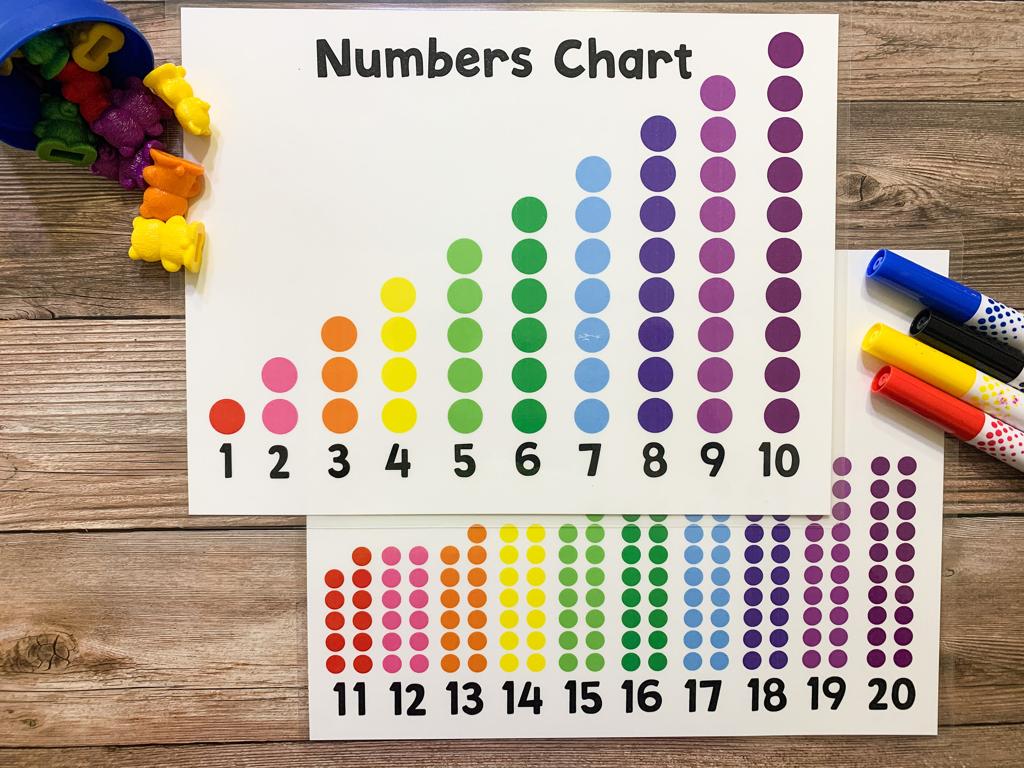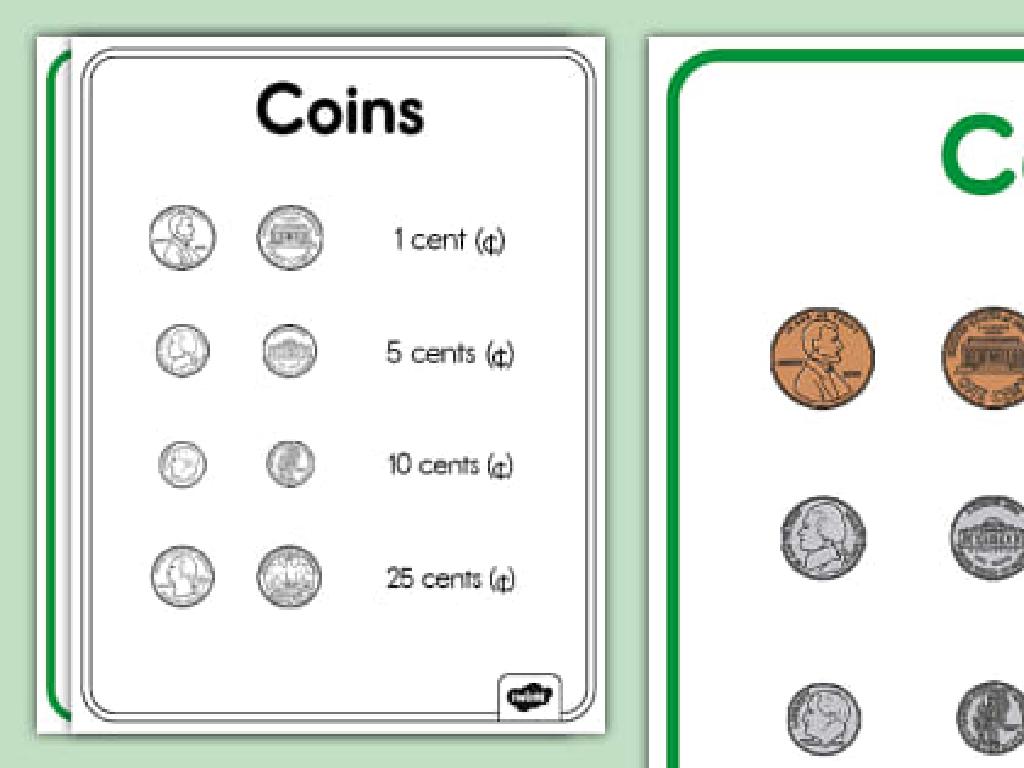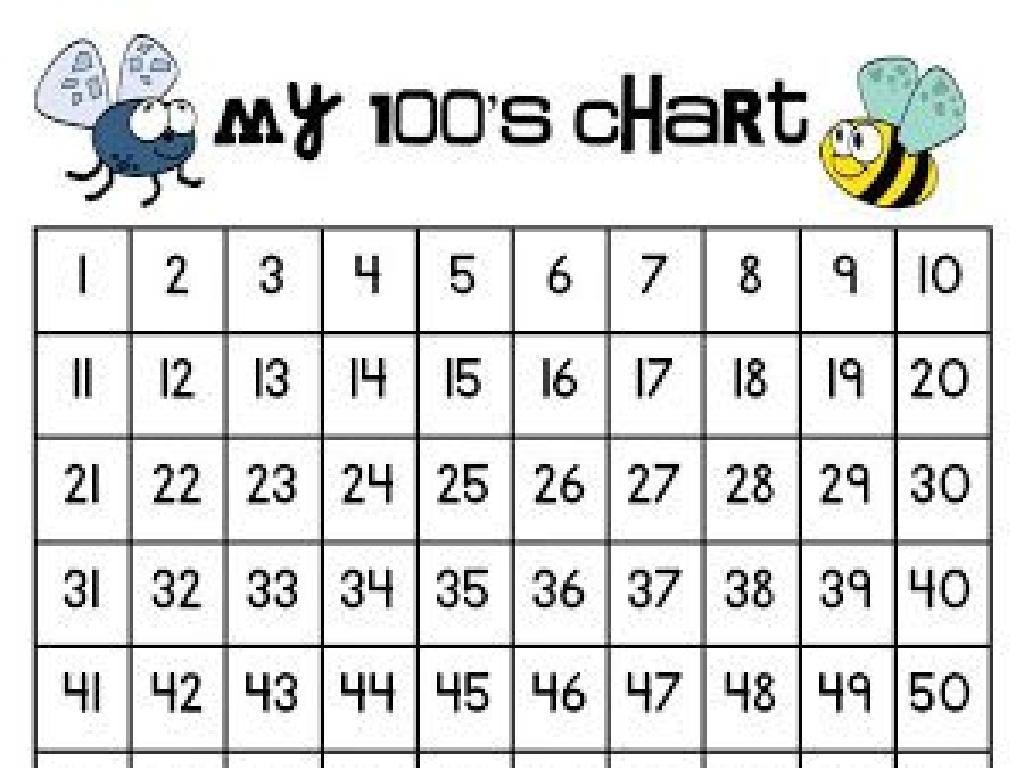Identify And Select Countries Of Europe: Region 2
Subject: Social studies
Grade: Eighth grade
Topic: Europe: Geography
Please LOG IN to download the presentation. Access is available to registered users only.
View More Content
Exploring Europe: Region 2
– Europe’s diverse geography
– A continent with varied landscapes, climates, and cultures.
– The concept of regions
– Regions help categorize areas with similar characteristics.
– Countries in Europe: Region 2
– Includes countries like France, Germany, and Italy.
– Significance of regional study
– Understanding regions aids in grasping Europe’s complexity.
|
This slide introduces students to the geography of Europe, emphasizing the diversity of the continent. It explains the concept of regions, which are areas that are grouped together based on shared features. The focus is on Europe: Region 2, which includes some of the most well-known countries such as France, Germany, and Italy. Discuss the importance of studying Europe by regions to understand the intricate cultural, political, and geographical distinctions. Encourage students to research these countries for homework to bring a personal understanding of the region’s diversity to the next class.
Exploring Europe: Region 2
– Identify Region 2 countries
– Locate and name each country within Europe’s Region 2 on a map.
– Significance of political borders
– Understand how political borders affect economy, politics, and relationships.
– Cultural diversity in Region 2
– Discover the unique traditions, customs, and heritage of each country.
– Linguistic variety across countries
– Learn about the different languages spoken and their historical roots.
|
This slide aims to provide an overview of Europe’s Region 2, focusing on the identification of each country and understanding the complexities of political borders. Emphasize the importance of political borders in shaping the history and current affairs of the region. Highlight the rich cultural and linguistic diversity that characterizes Europe, encouraging students to appreciate the variety of traditions, customs, and languages that exist within a relatively small geographical area. This will help students grasp the concept of diversity within unity in the European context. Engage students by asking them to research and share interesting facts about each country’s culture and language in the next class.
Exploring Europe: Region 2 Geography
– Major landforms and waters
– Explore mountains, rivers, and seas in Region 2
– Climate and resources
– Discuss the variety of climates and abundant natural resources
– Geography’s impact on life
– How do landforms and climate influence daily life and culture?
– Analyzing regional diversity
– Understand how geography creates regional differences
|
This slide aims to provide students with an understanding of the physical geography of Europe’s Region 2, including its major landforms such as mountain ranges and significant bodies of water like rivers and seas. Discuss the diverse climates found in this region, from Mediterranean to continental, and the natural resources that these areas provide. Highlight how the geography of Region 2 shapes the lifestyles, economies, and cultures of the people living there, influencing everything from the architecture to the local industries. Encourage students to think about the connection between the physical environment and human activities. Finally, discuss how geographical features contribute to the unique regional diversity within Europe, fostering a rich tapestry of cultures and traditions.
Historical Influence of Europe: Region 2
– Region 2’s historical overview
– Explore the past of Region 2 and how it affects today’s society
– Key events that shaped Region 2
– Wars, treaties, and revolutions that have defined Region 2
– Region 2’s impact on Europe
– How Region 2 contributed to European culture, politics, and economy
– Region 2’s global historical influence
– Discover Region 2’s role in world events and international relations
|
This slide aims to provide students with an understanding of how the history of Europe’s Region 2 has influenced its current state and significance. Begin with a brief history, highlighting how the past has shaped the region’s culture, language, and borders. Discuss key historical events, such as wars or revolutions, that have had a lasting impact on the region. Explain Region 2’s contributions to European development, including arts, governance, and trade. Lastly, touch upon how Region 2 has played a part in global history, affecting international relations and global conflicts. Encourage students to think critically about the interconnectedness of history and its relevance to the present.
Modern Day Europe: Region 2 Overview
– Political & economic overview
– Explore governance, economy types, and EU membership status
– Cultural impact on Europe/world
– Discuss arts, cuisine, and traditions shared globally
– Contemporary challenges
– Address issues like migration, economic disparity, and climate change
– Case study: Country X
– In-depth look at a specific country’s situation in Region 2
|
This slide aims to provide students with a comprehensive understanding of Europe’s Region 2 in the modern context. Begin by discussing the political landscape, including types of governments and economic systems, and the role of these countries in the European Union. Highlight the rich cultural contributions these nations have made to both European heritage and global society, including art, music, food, and more. Address the current challenges that countries in this region are facing, such as managing migration flows, economic inequalities, and environmental concerns. To give a tangible example, select a country from Region 2 and delve into its specific circumstances, providing a case study that illustrates the broader themes discussed. This approach will help students grasp the complexities of the region and the interplay between various factors shaping it today.
Class Activity: Exploring Europe’s Region 2
– Label Region 2 countries on a map
– Mark cities, landforms, historical sites
– Research and note an interesting fact
– Find a unique or lesser-known fact to share
– Share findings with the class
|
This activity is designed to help students engage with the geography of Europe’s Region 2 in an interactive way. Provide each student with a blank map of Europe’s Region 2. Instruct them to label each country and mark major cities, significant landforms, and historical sites. They should also research one interesting fact about each country to share with the class. This could be about the culture, history, or a notable geographical feature. Encourage creativity in their presentations and ensure they understand the importance of each element they are marking on the map. Possible variations of the activity could include working in pairs or small groups, creating a digital map, or even a classroom display of the maps once completed.
Review: Countries of Europe – Region 2
– Recap Region 2 countries
– Review countries like France, Germany, and Italy
– Open Q&A session
– Significance of regional knowledge
– Understanding culture, politics, and economy
– Engage in regional discussion
– Share insights on regional characteristics
|
This slide aims to consolidate the students’ knowledge of the countries in Europe’s Region 2, which may include nations like France, Germany, and Italy. Begin with a brief recap of these countries, highlighting key geographical features. Open the floor for an interactive Q&A session to address any uncertainties the students may have. Emphasize the importance of understanding the different regions of Europe, discussing how geographical knowledge can provide insights into cultural, political, and economic aspects. Encourage students to engage in a discussion about the unique characteristics of Region 2, fostering a deeper appreciation for the diversity within Europe. This interactive review session will help reinforce the students’ learning and prepare them for more advanced topics in geography.
Wrapping Up: Europe’s Region 2 & Looking Ahead
– Recap of Europe’s Region 2
– Homework: Country research project
– Choose a country from Region 2 for an in-depth study
– Focus on one Region 2 country
– Include geography, culture, history, and current events
– Prepare for Region 3 discussion
– Next class will explore the countries of Region 3 in Europe
|
As we conclude today’s lesson on Region 2 of Europe, ensure students have grasped the key points by summarizing the main geographical features, cultural aspects, and historical significance of the countries covered. For homework, assign a research project where each student selects one country from Region 2 to investigate further. They should look into the country’s geography, culture, history, and any notable current events. This will help them gain a deeper understanding of the diversity within Europe. Additionally, encourage students to start thinking about Region 3, as the next class will continue our journey through the geography of Europe. Provide guidance on research methods and resources, and remind them of the importance of citing their sources.






